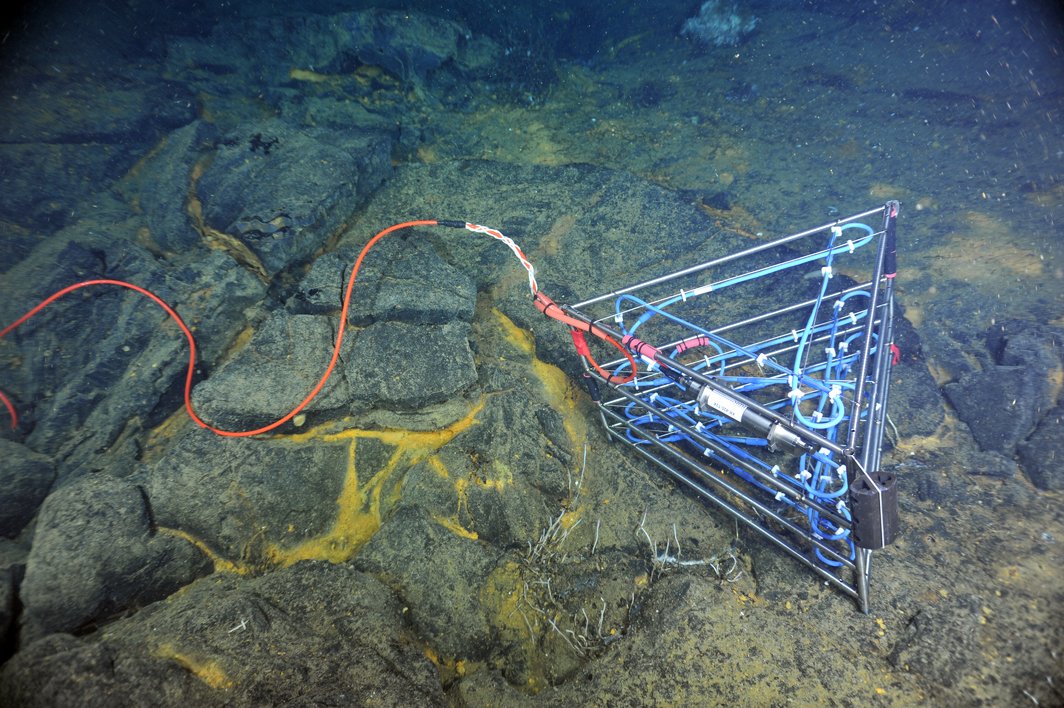How to Extend Underwater Camera Battery Life For Long-Term Monitoring
Power management is one of the biggest challenges in long-term underwater monitoring. Whether conducting marine biodiversity research, tracking habitat changes, or inspecting offshore infrastructure, researchers and operators rely on autonomous underwater camera systems that can remain deployed for months or even years without intervention. Traditional subsea imaging systems consume battery power even when idle, drastically limiting deployment durations and increasing operational costs.
To solve this, SubC Imaging introduced Hibernation Mode, a power-saving feature available on its Autonomous Timelapse System. This innovation can extend underwater camera battery life by up to 65 times, helping users maximize deployment durations, reduce field visits, and simplify long-term data collection.
Power Limitations in Long-Term Underwater Camera Deployments
Battery-powered monitoring systems are essential for autonomous operations, but energy efficiency is a major constraint. Traditional cameras continue drawing power even when not actively recording, which leads to significant power loss during idle time, frequent battery replacements or redeployments, and increased costs and complexity for deep-sea missions.
For many researchers, these limitations directly impact how long they can monitor a site, how often they need to retrieve equipment, and whether a project stays within budget.
How Underwater Camera Hibernation Mode Works
SubC Imaging’s Hibernation Mode solves these challenges by dramatically reducing idle power consumption. Rather than remaining powered on between imaging intervals, the system enters a low-power sleep state, waking only to perform its scheduled tasks before powering down again.
The system also supports user-defined wake intervals, allowing users to program specific times for the camera to power up, record video, take digital stills, or activate lighting and lasers. During sleep, the camera consumes 900x less power than it does when idle.
Additionally, Hibernation Mode includes an independent device cutoff, ensuring attached components like LED lights or scaling lasers only draw power when needed. This makes energy use more efficient and extends deployment life without requiring larger or custom battery packs.
Real-World Battery Savings from Hibernation Mode
Scenario 1: Short-Term Deployment with Frequent Recording
In a short-duration deployment test, the system was configured to record once every hour for seven days. Each cycle involved powering two LEDs at 50% intensity, activating a Mantaray parallel laser, recording one minute of 4K video, and capturing ten digital stills.
With a standard SubC Imaging Rayfin camera, this setup consumed 1206 watt-hours—yet only 15.3% of that energy went to actual recording. The remaining 84.7% was lost to idle power draw between cycles. When the same configuration ran on a hibernation-enabled Autonomous Timelapse Imaging system, total energy use dropped to 186 watt-hours, with 99.4% of power going directly to data collection. This enabled the system to run over six times longer on the same battery capacity.
Scenario 2: Year-Long Observatory Monitoring
For a long-term deep-sea observatory scenario, the system was scheduled to capture data every twelve hours over a full year. Each cycle involved the same recording routine: 4K video, ten digital stills, two LEDs, and a laser.
Using a standard camera, the deployment required 56,632 watt-hours to complete—only 1.4% of which supported imaging, while 98.6% powered the system during downtime. With Hibernation Mode enabled, the same mission was completed using just 863 watt-hours, a 65.6-fold reduction. This made it possible to complete a year-long mission using a readily available battery, instead of needing a custom-built power supply.
Making Long-Term Monitoring More Practical and Cost-Effective
Hibernation Mode transforms the economics and logistics of long-term underwater monitoring. By reducing idle power draw, users can extend deployments without scaling up their power systems. This leads to fewer site visits, less maintenance, and a more hands-off approach to data collection. Researchers and offshore operators can focus on analyzing results instead of worrying about battery limitations. Plus, the system integrates with third-party power sources, so teams can work with existing equipment rather than building around proprietary batteries.
Conclusion
The Hibernation Mode on SubC’s Autonomous Timelapse System is a breakthrough for anyone conducting extended underwater monitoring. It helps maximize every watt of available energy, cuts costs, and unlocks new opportunities for long-term observation in even the most remote environments. Whether deploying a BRUV system for a few weeks or monitoring a deep-sea site for over a year, Hibernation Mode gives you the battery life and flexibility needed to succeed.









